Plans for a Certified Kitchen
jrslick (North Central Kansas, Zone 5B)
16 years ago
Related Stories
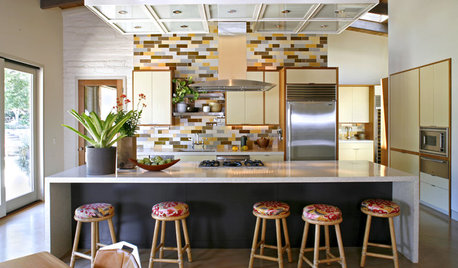
KITCHEN DESIGNHow to Plan a Kitchen Workflow That Works
Every kitchen has workflow needs as unique as the people who use it. Here's how to design your space to suit your needs
Full Story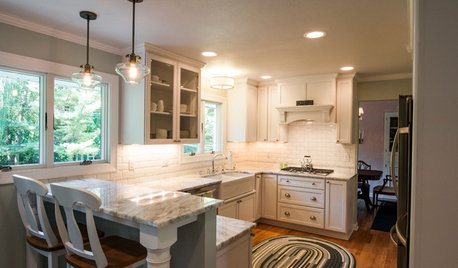
KITCHEN OF THE WEEKKitchen of the Week: 27 Years in the Making for New Everything
A smarter floor plan and updated finishes help create an efficient and stylish kitchen for a couple with grown children
Full Story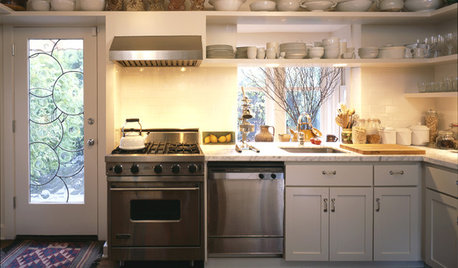
KITCHEN DESIGNHouse Planning: How to Set Up Your Kitchen
Where to Put All Those Pots, Plates, Silverware, Utensils, Casseroles...
Full Story
KITCHEN DESIGN9 Questions to Ask When Planning a Kitchen Pantry
Avoid blunders and get the storage space and layout you need by asking these questions before you begin
Full Story
LIGHTINGGet Turned On to a Lighting Plan
Coordinate your layers of lighting to help each one of your rooms look its best and work well for you
Full Story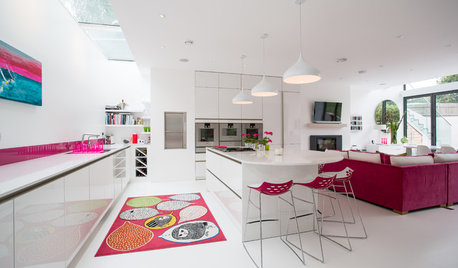
KITCHEN WORKBOOKNew Ways to Plan Your Kitchen’s Work Zones
The classic work triangle of range, fridge and sink is the best layout for kitchens, right? Not necessarily
Full Story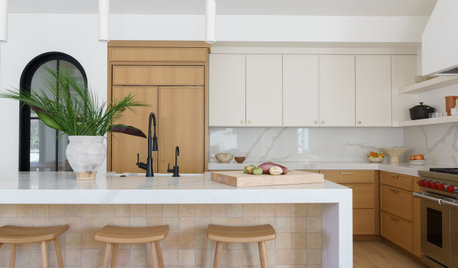
KITCHEN WORKBOOKHow to Plan Your Kitchen Space During a Remodel
Good design may be more critical in the kitchen than in any other room. These tips for working with a pro can help
Full Story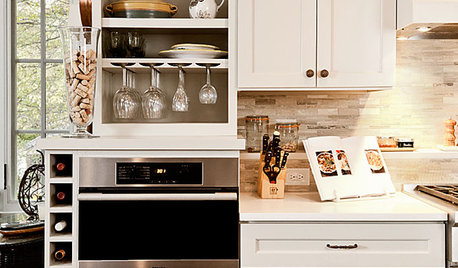
KITCHEN DESIGNHow to Plan Your Kitchen Storage for Maximum Efficiency
Three architects lay out guidelines for useful and efficient storage that can still leave your kitchen feeling open
Full Story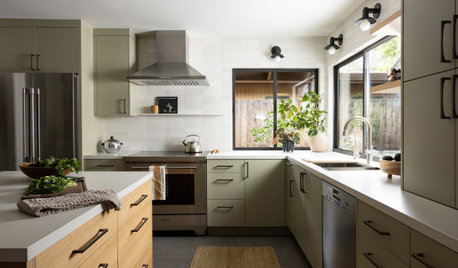
KITCHEN DESIGNHow to Map Out Your Kitchen Remodel’s Scope of Work
Help prevent budget overruns by determining the extent of your project, and find pros to help you get the job done
Full Story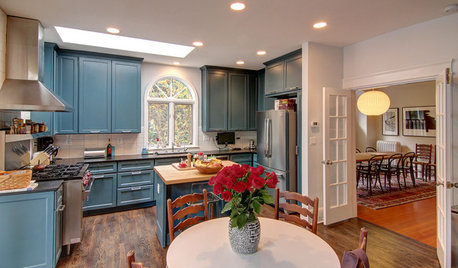
KITCHEN DESIGNOptimal Space Planning for Universal Design in the Kitchen
Let everyone in on the cooking act with an accessible kitchen layout and features that fit all ages and abilities
Full Story





nancyofnc
jrslick (North Central Kansas, Zone 5B)Original Author
Related Professionals
Barrington Hills Landscape Architects & Landscape Designers · Broadlands Landscape Contractors · Dickinson Landscape Contractors · Pacifica Landscape Contractors · Rio Linda Landscape Contractors · Siloam Springs Landscape Contractors · Vacaville Landscape Contractors · Wanaque Landscape Contractors · West Orange Landscape Contractors · Arlington Roofing & Gutters · Philadelphia Roofing & Gutters · Hinsdale Roofing & Gutters · Manteca Roofing & Gutters · Chattanooga Driveway Installation & Maintenance · Springfield Driveway Installation & Maintenancenancyofnc
tia_moana_hotmail_com
Gina O'Brien Sandora